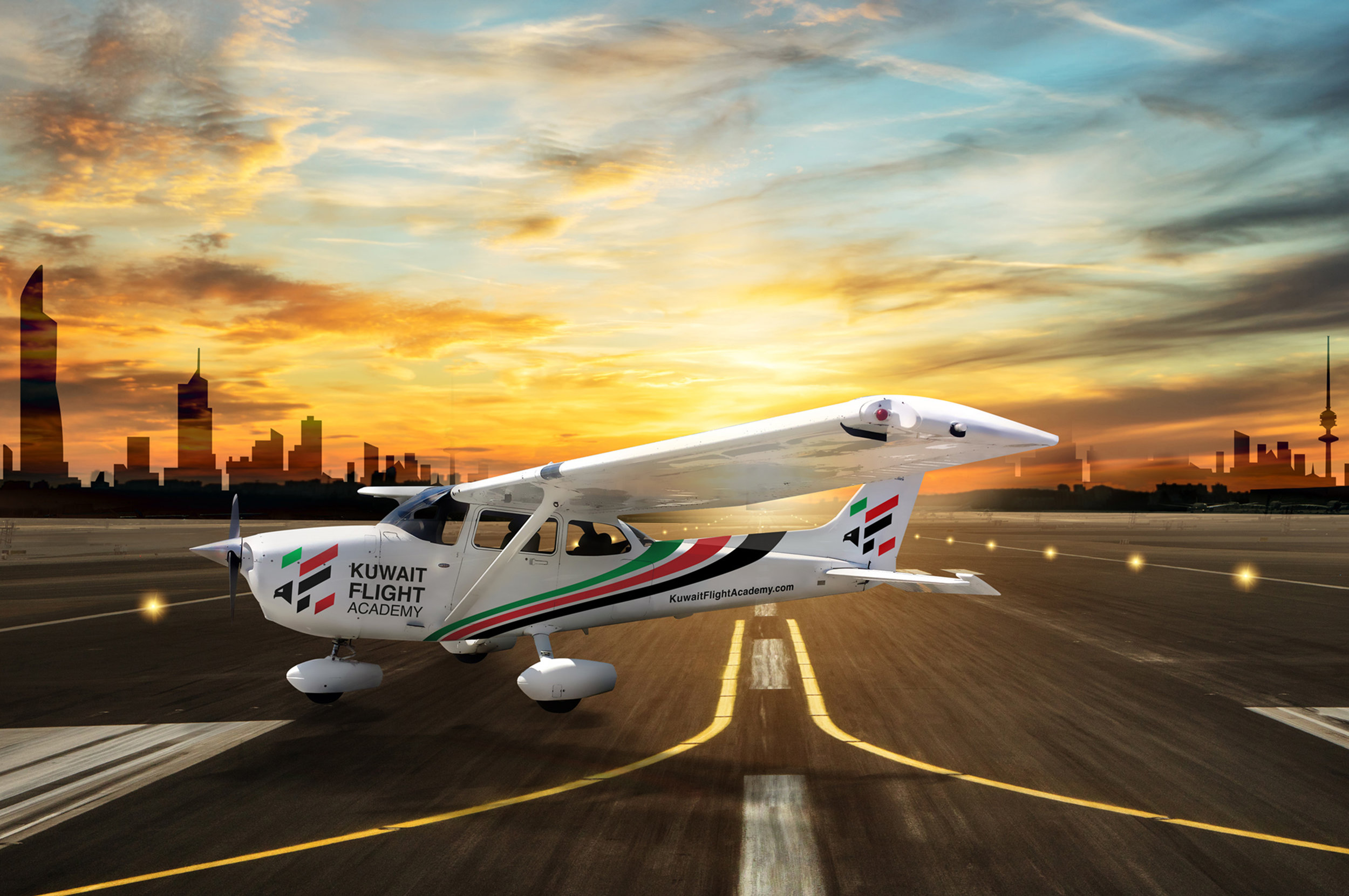
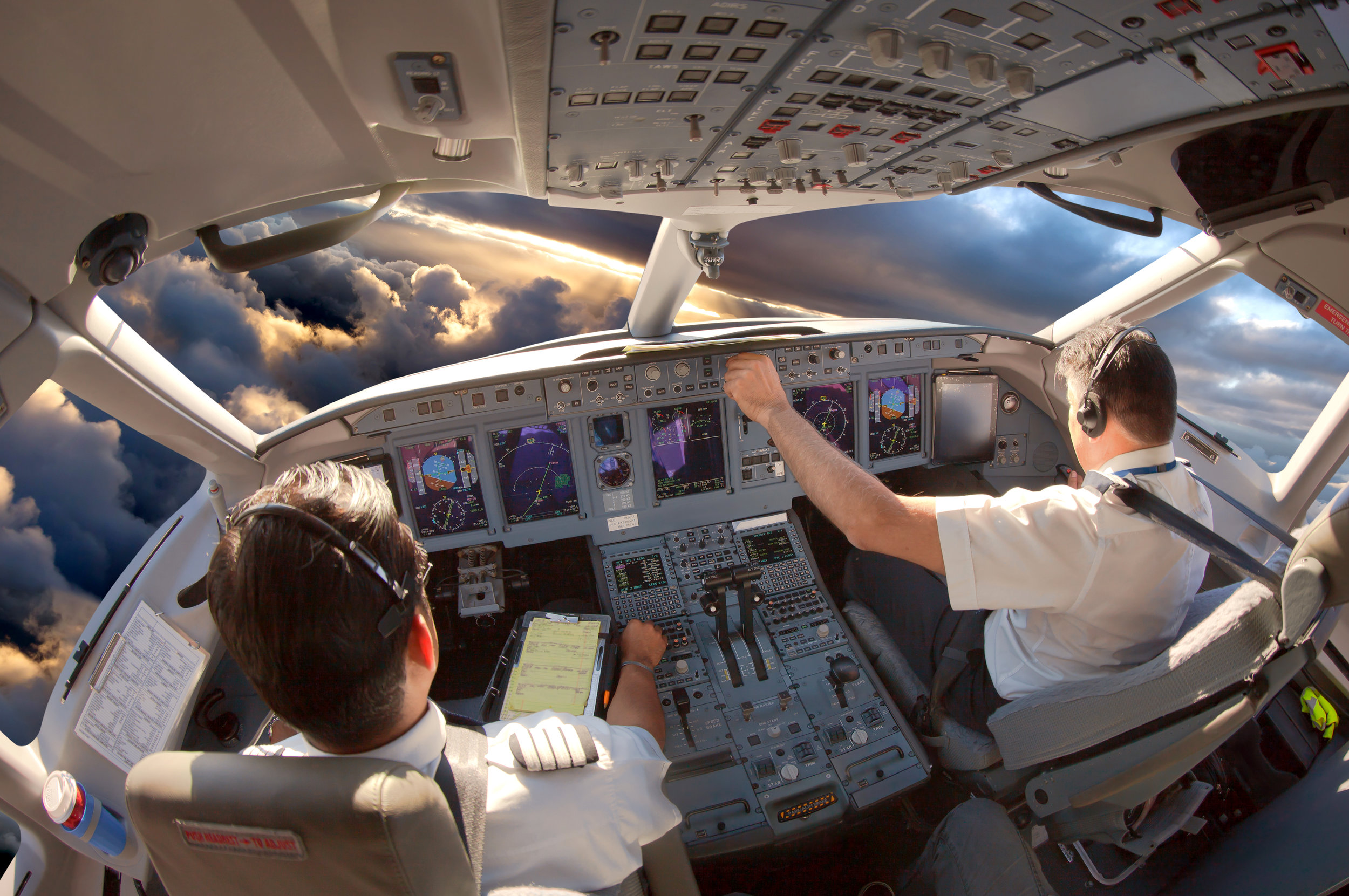
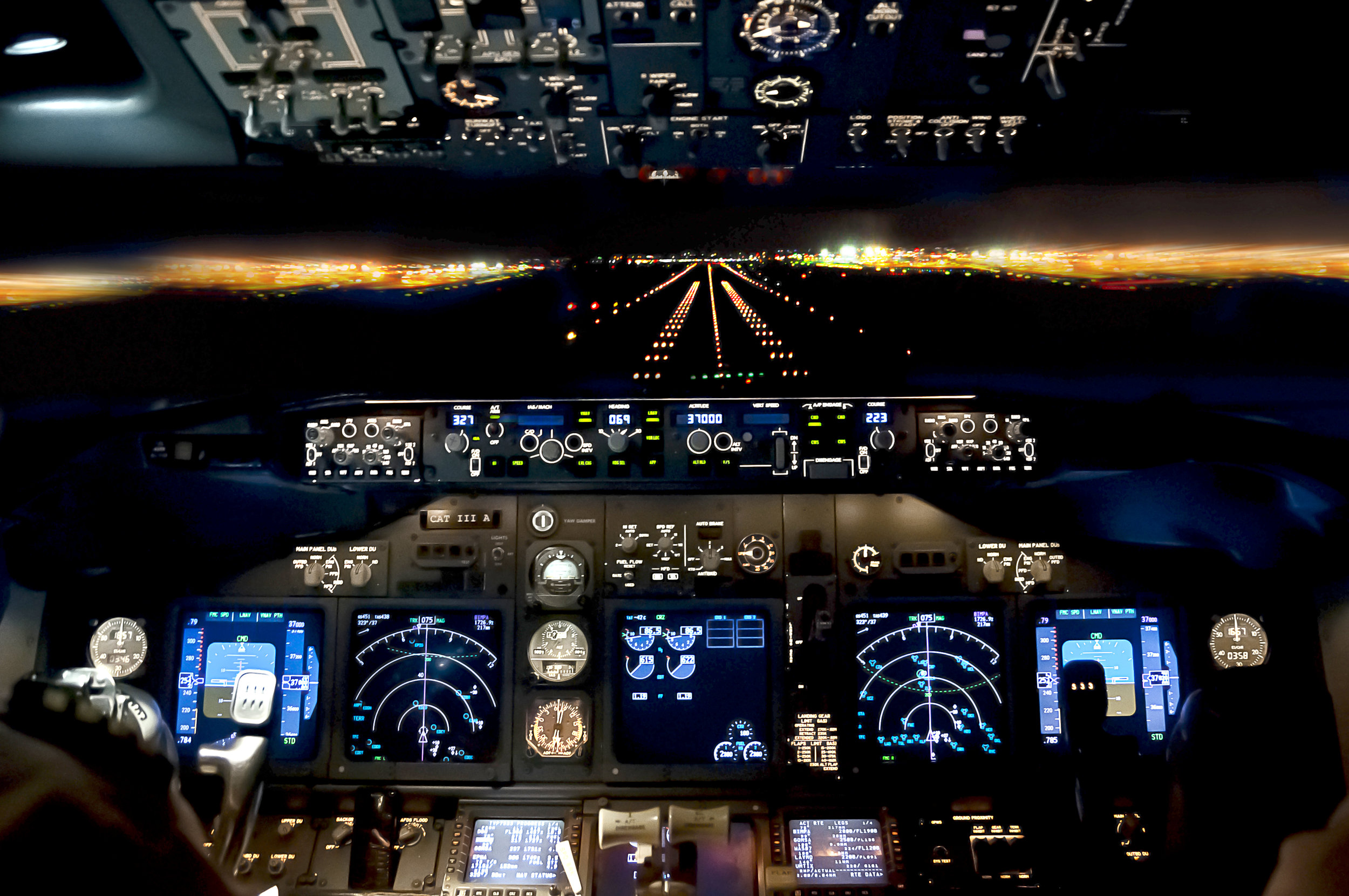
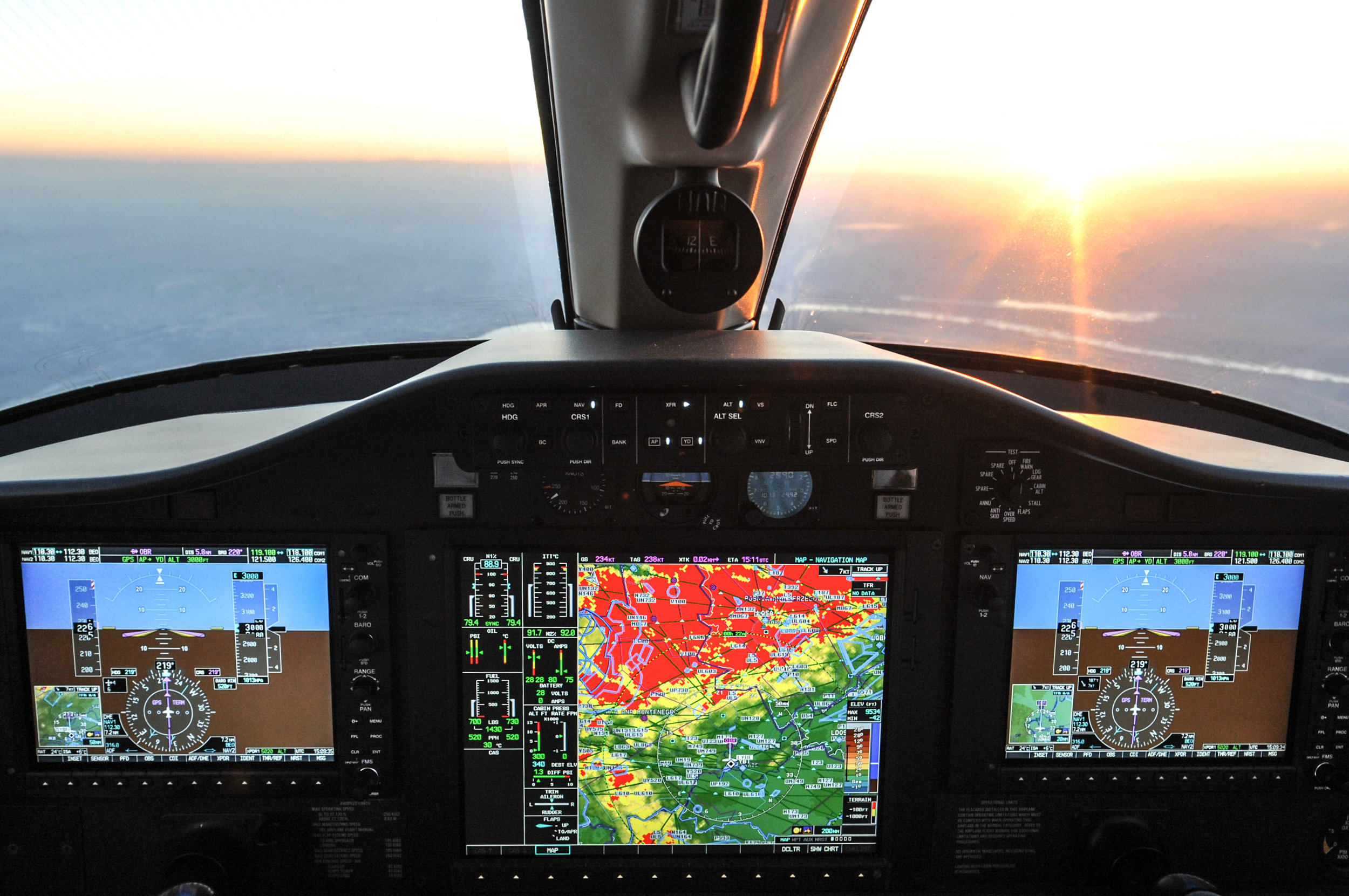
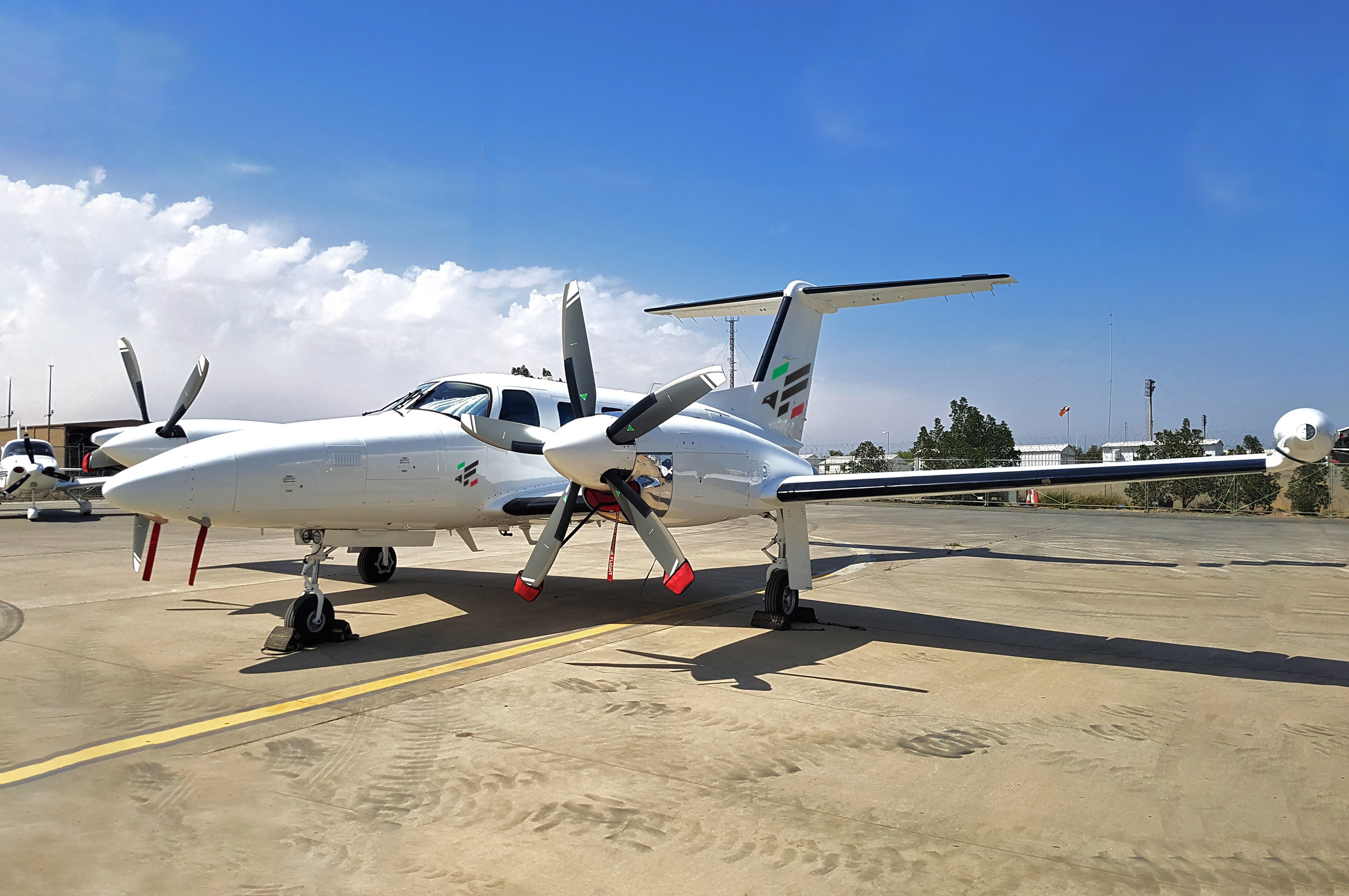
Is the first step towards becoming a professional pilot or for pilots flying for fun.
Private Pilot License - EASA PPL (A) is a qualification that allows the holder to fly on single engine piston (SEP) aircraft in visual meteorological conditions (VMC) as pilot-in-command (PIC) or co-pilot on aircraft in noncommercial operations without remuneration. PPL (A) training is the first step towards becoming a professional pilot and designed for applicants with 0 flight experience. Once you complete your EASA PPL(A) training, you will get your Private Pilot License and SEP (Single Engine Piston) land qualification.
The course is designed for applicants with 0 flight experience.


Ground Training
The theoretical preparation consists of 100 hours, out of which at least 35 hours will be with an instructor in a classroom. The ground training is divided into two modules – preparation for the PPL(A) exams and theoretical preparation for flight training.
Flight Training
Flight training is performed on a single engine piston (SEP) aircraft according to visual flight rules (VFR). At the end of the flight training, you will have at least 45 hours total time. Out of which:
Dual
35 flight hours dual with an instructor: Dual hours are divided into 3 stages and cover basic airplane handling, take-offs and landings, advanced maneuvers, emergency procedures, simulated instrument flying and navigation flying
Solo
10 hours of solo flights: Solo hours include local solo flights and solo navigation cross-country flights under supervision of the flight instructor on the ground
Practical Exams
Once you pass the theoretical exams at the CAA and complete your practical training, you will need to prove your practical skills. The practical exam is performed under the supervision of a CAA-authorized examiner. You will need to demonstrate your ability to:
Theoretical Exams
At the end of the course, you will have to demonstrate a sufficient level of theoretical knowledge, which will be tested on a set of 9 written tests from the theoretical subjects. To pass the PPL(A) theoretical examination you need to achieve a score of at least 75% from each subject (Meteorology, Navigation, Communications, Aircraft General Knowledge, Principles of Flight, Air Law, Flight Performance and Planning, Human Performance and Limitations, Operational Procedures). The PPL(A) theoretical examination is conducted at the premises of Civil Aviation Authority of Kuwait.
EASA ATPL (A) theory course is meant for future airline pilots. Passing the EASA ATPL (A) exams successfully is one of the most important steps in becoming a professional pilot.
EASA Airline Transportation Pilot License is the highest level of aircraft pilot certification. ATPL-certified pilots are authorized to act as pilot-in-command (Captain) or co-pilot (First Officer) in airplanes engaged in commercial air transportation. EASA ATPL(A) theory course is meant for future airline pilots. Passing the EASA ATPL(A) exams successfully is one of the most important steps in becoming a professional pilot.

Ground Training
ATPL (A) Theory is conducted as a partially distant training course. The ground lessons provided by professional lecturers are divided into two 10-day blocks. The blocks are approximately 2-3 months apart, giving you the possibility to self – study in between and not stay in Kuwait full time. Each block covers 7 subjects. The applicant has to go through ground training covering:
Theoretical Exams
For the ATPL (A) theory, there are 14 exams you have to pass to prove a sufficient level of knowledge appropriate to the privileges of the holder of an ATPL (A) in accordance with the EASA Part FCL requirements.
NR (A) qualification allows you to fly during night time in Visual Meteorological Conditions (VMC).
Night Rating - EASA NR(A) qualification allows you to fly during night time in Visual Meteorological Conditions (VMC). EASA NR(A) is a natural step after completing your EASA PPL(A) to make your Time Building more enjoyable and also it is a requirement for EASA IR(A) and EASA CPL(A). Once you complete your Night Rating training, you will get your EASA NR(A) added on your EASA Private Pilot License - EASA PPL(A). The Night Rating extends the privileges of PPL(A) to fly after sunset under VFR.

Ground Training
The ground training consists of theoretical preparation for flight training and lays the foundation for your flight training. According to the EASA syllabus, the theoretical preparation consists of 5 hours with an instructor. The course consists of interactive lessons with maximum usage of modern study materials and equipment. You can use our Computer Based Training (CBT) to prepare for lessons on self-study basis and then you will attend 5 hours of ground training with experienced instructors.
Flight Training
The flight training is performed on a single engine piston (SEP) aircraft according to visual flight rules (VFR) at night. The training consists of at least 5 hours, out of which:
Dual
2 hours of dual flights:
local night flights with instructor reviewing basic man-oeuvres, take-off and landing procedures. You will review all the basic maneuvers at night, such as steep turns, stalls, upset recovery and learn how to recover from any situation with partially reduced visual reference. You will also review every emergency situation at night and learn how to handle it
Dual
2 hours of dual flights:
navigation cross-country night flight with instructor, during which you will learn how to navigate at night with visual reference and with radio-navigation equipment and GPS
Solo
1 hour of solo flight:
local solo night flight under supervision of the flight instructor on the ground including 5 take-offs and 5 landings
Instrument rating - EASA IR (A) is a qualification that extends the privileges of EASA PPL (A) and allows a pilot to fly according to Instrument Flight Rules (IFR).
Instrument rating - EASA IR(A) is a qualification that extends the privileges of EASA PPL(A) and allows a pilot to fly according to Instrument Flight Rules (IFR) with a minimum decision height for the landing of 60m (200 feet). Once you complete your Instrument Rating training, you will get your IR/SE(A) qualification added to your EASA Private Pilot License - EASA PPL(A). In case of a Multi Engine IR (A), the privilege can be extended to Multi-engine operations.

Ground Training
The theoretical training is provided in a form of ground briefings to help you understand what will be expected of you in the following flight. The briefings are divided into 3 stages.
Flight Training
Flight training consists of two modules – basic instrument flight module (BIFM) and procedural instrument flight module for a total of 50 flight hours if you are not Commercial Pilot License – CPL(A) holder, yet or 40 hours if you are already a CPL(A) holder.
Practical Exams
The practical examination includes flight preparation and the flight part itself with an examiner, you will need to demonstrate your ability to:
EASA MEP (A) rating extends the privileges of EASA PPL (A) or EASA CPL (A) and allows you to pilot aircraft with more than one engine.
The Multi-Engine Piston - EASA MEP(A) rating extends the privileges of a Private Pilot License - EASA PPL(A) or Commercial Pilot License - EASA CPL(A) and allows you to pilot aircraft with more than one engine. One of the main take-aways of the training is to understand the differences between a single-engine piston and a multi-engine piston aircraft. Once you complete your Multi-Engine Piston training, you will get your MEP(A) qualification added on your EASA Private Pilot License - PPL(A) or EASA Commercial Pilot License - EASA CPL(A).

Ground Training
Theoretical preparation takes 15 hours with an instructor, during which you will become familiar with the multi-engine piston airplane, systems and aerodynamics. You will also learn the procedures and maneuvers that apply in multi-engine airplane during normal and engine-out operations under VFR and IFR.
Flight Training
The flight training for a holder of IR(A) takes 11 hours (6 hours VFR and 5 IFR) of dual flight instruction. The training is divided into 3 stages.
Practical Exams
To prove your practical skills, you will need to pass a practical flight test with an approved examiner. You will need to prove your ability to:
The EASA Commercial Pilot Certificate is a qualification that permits the holder to act as the pilot of an aircraft for remuneration.
The EASA Commercial Pilot License is a qualification that permits the holder to act as the pilot of an aircraft for remuneration and act as co-pilot (First Officer) in commercial air transportation, as pilot-in-command, co-pilot of any airplane engaged in operations other than commercial air transportation or as pilot-in-command in commercial air transportation of any single-pilot airplane. The Commercial Pilot License training is usually one of the last steps in becoming a professional pilot.

Ground Training
The theoretical training is provided in a form of several ground briefings to help you understand what will be expected of you in the following flight. You will familiarize yourself with the basic commercial operations and maneuvers, gain further knowledge necessary for obtaining a CPL (A) and become familiar with the handling of a complex airplane.
Flight Training
For IR (A) rated pilots: 15 flight hours Dual, out of which 5 hours are on complex aircraft
For non-IR (A) rated pilots: 25 hours Dual, out of which 5 hours are on complex aircraft At the end of the training, the trainee must have a minimum of 200 total flight hours (including PPL(A) time):
Practical Exams
You will have to demonstrate the ability to: